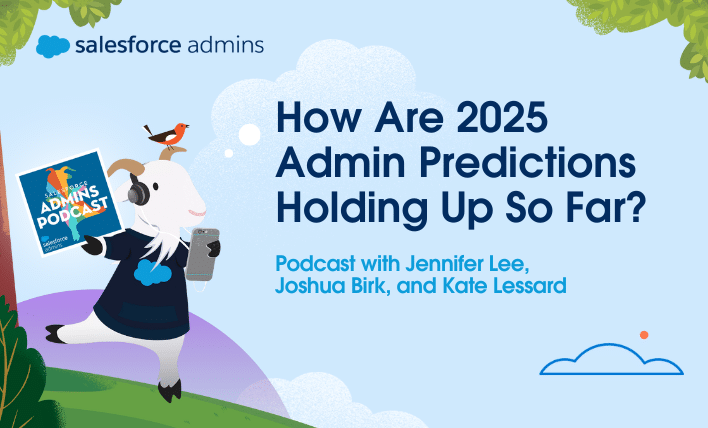Today on the Salesforce Admins Podcast, we talk to Deon Louw, Financial Planning and Analysis Manager at City and Provincial Properties, triple-star Ranger, MuleSoft mentor, and avid Composer enthusiast. Join us as we chat about MuleSoft Composer, why the community is such a good resource, and how integrations can lead to a digital transformation snowball. […]






